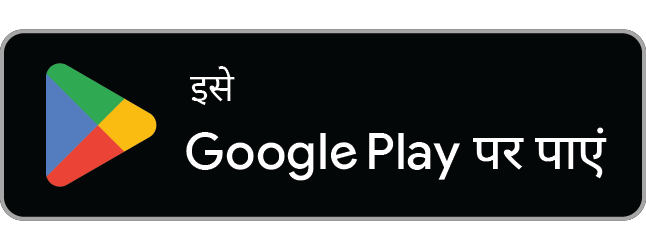The Elections in India
India has the federal structure of government where the President is the 'Head' of the State. The President of India is elected for a term of five years by an electoral college comprising members of federal and state legislatures.
The Parliament of India has two houses; the Lok Sabha and Rajya Sabha. The Lok sabha has 545 members, out of which 543 members are elected for a term of five years in single-seat constituencies and two members are appointed to represent the Anglo-Indian community. The Rajya Sabha is the other house of parliament with 245 members, 233 members are elected for a six-year term, with one-third retiring every two years. The members are elected by legislators of the state and union territories. The elected members are elected under the system of proportional representation by means of a single transferable vote. Whereas the twelve nominated members are eminent artists, actors, scientists, jurists, sportspersons, businessmen, and journalists.
Elections are one of the necessary aspects of parliamentary democracy. The constitution of India provides certain principles for the electoral procedure. There is no provision of separate communal representation. The election is based on adult suffrage, i.e., every person who is a citizen of India and more than 18 years of age is free to vote at the election.
Elections in India are more than a way of voting someone to rule the country. Since independence, elections are held periodically in India and have been an important cultural aspect of Independent India. It is more like a festival of giving the right to the individual in a democracy of the voter.
Elections are very complex processes and the step-by-step processes are announced by the Election Commission of India. It is the Election Commission of India that lays down the code of conduct for the political parties and announces the results and submits the list of names of the popular and successful candidates to the executive head of the state or the center The campaign for elections end a day before the voting day The Government schools and colleges are usually chosen to be the polling stations. The day when elections are held is declared as a holiday. The collector of each district is given the responsibility of administration of polling stations,
Nowadays, Electronic Voting Machines (EVMs) are being extensively used for voting instead of ballot boxes to prevent cheating in elections.
After voting, the next step is counting of votes which decide the winner in the election. The head of the winning group is then invited to form the government along with other ministers.












0 Comments